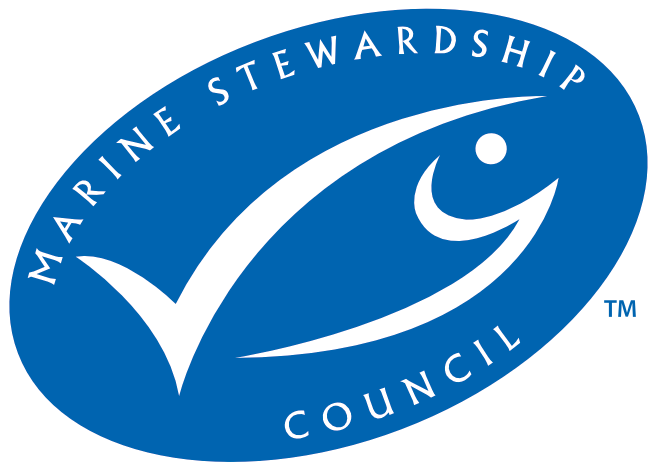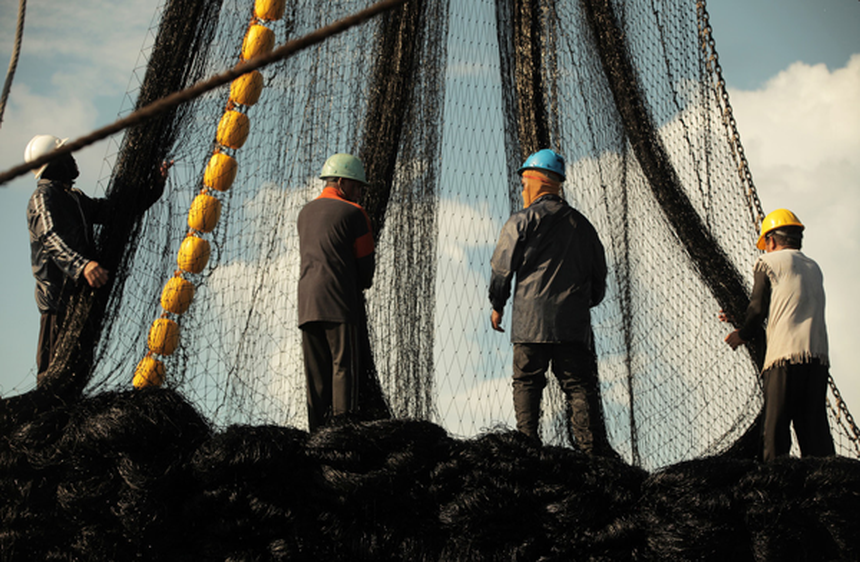
- Certifier :
- LRQA (Seafood) Limited
- Certified status :
- Certified
- Certified since :
- 21 Dec 2011
- Certificate expires :
- 21 Oct 2029
Overview
Fisheries are composed of one or more parts, each of which is entitled to receive an MSC certificate. These parts or “units” are defined by their target stock(s), fishing gear type(s) and if relevant vessel type(s), and the fishing fleets or groups of vessels.
When the term “Unit of Certification” is used for fishing units that are in assessment, it refers to the “Unit of Assessment” or “Unit of potential certification”. Expand a status below to view the parts that form this fishery. To check the detailed scope, download the latest certificate or open the Assessments page to get the latest report. Find out more by visiting our page on Fisheries
Catch by Species
| Species | Reported Catch Year | Metric Tonnes |
|---|---|---|
| Bigeye tuna (Thunnus obesus) | 2021 | 54,913 |
| Skipjack tuna (Katsuwonus pelamis) | 2021 | 1,009,559 |
| Yellowfin tuna (Thunnus albacares) | 2021 | 329,833 |
Information is provided by an independent Conformity Assessment Body as live weight (the weight of species at the time of catch, before processing) and where a fishing season covers multiple years, the end year is given as the reported catch year. Additional information is available in the latest report, see the assessments page.
About this Fishery
The Western and Central Pacific skipjack tuna fishery targets schools of skipjack tuna around a number of Pacific islands. These islands are Parties to the Nauru Agreement (PNA) which ensures cooperation in the management of the region's fisheries.
The certification covers fishing operations using a specialised method of fishing and only those targeting free swimming schools of mature tuna. The fishery does not use fish aggregating devices (also known as FADs) to bait the fish, which helps to reduce the incidental bycatch of non-target species. To be certified sustainable the fishery has also limited the number of days when fishing is allowed.
Skipjack are the smallest of the primary market species of tuna, are widely distributed in the Pacific Ocean and are fished as surface schooling adults typically at 2-5 kg in size. The fishery operates within the sea zone of numerous islands; Papua New Guinea, Kiribati, FS Micronesia, Marshall Islands, Nauru, Palau, Solomon Islands and Tuvalu.
Small islands, big opportunities
Read the story of PNA tuna >
Fishermen hauling net image © Maarten van Rouveroy / www.pacifical.com
Market Information
This catch is sold to Europe, Australia and North America where it is commonly canned.
